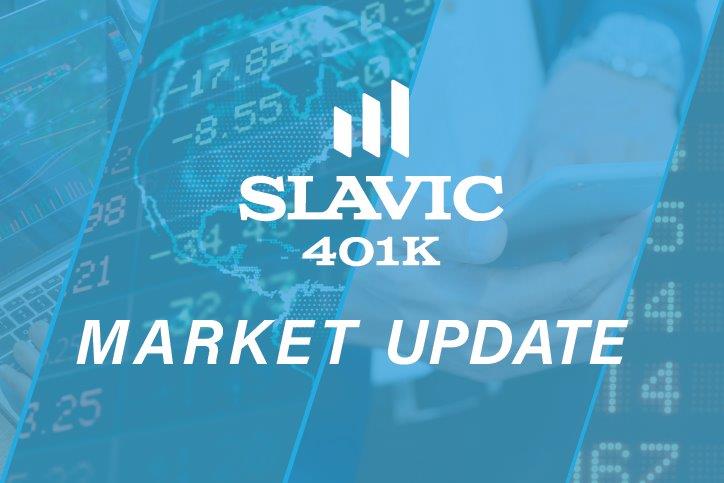This week, the market initially swooned as fears of an upsurge in the COVID-19 variant “Delta” threatened a renewal of shutdowns in various parts of the country. The market fell sharply on Monday, but then spent most of the week regaining lost ground, ultimately turning positive as the market found its footing. This week, several key companies reported earnings, many of which reported better than expected results. Today, both the S&P 500 and the NASDAQ sit at record highs in inter-day trading.
Now may be a good time to look back a few months just to gain a better long-term perspective. The market has been trading in a range for the last several months hovering at or near record highs on the three indices: the Dow, the S&P 500 and the NASDAQ. This period could also be called a “rolling correction,” meaning there is not a protracted downward move, but up and down trends until there is a more definitive economic direction. Always remember that the market moves either up or down on anticipation of the future, not the actual realized news.
The word “unprecedented” has been overused in the last year, but frankly, from an economic perspective we have never been in such times. There are three powerful factors that account for the market hovering at these high levels. First, there is significant pent-up demand from the general population emerging from essentially a year-long shutdown. While many people have suffered greatly during this time, many others, have benefited significantly. Those who have benefited, put much of their excess cash into the markets, hence the flow of money to the markets is also at record highs.
Second, interest rates have remained at near zero percent, even as the economy is showing signs of good health as the re-opening unfolds; this is known as monetary stimulus. When the cost of money is basically zero, mortgage rates are very low, spurring on the housing market, car loans are cheaper, corporate acquisitions are plentiful, and money moves quickly through the system creating more economic activity than when rates are at historically normal levels of 4% to 5%.
Third, fiscal or government spending has also proven to be a big stimulus to the economy. Between the various relief and infrastructure bills passed by Congress and signed by the President, trillions of dollars have been pumped into the economy. As the stimulus checks were cashed and began to flow through the system, companies of all sorts benefited, but probably those that are traded on the stock exchanges benefited the most, especially technology stocks. The dominant trend in technology started several years ago but has been escalated during the time of the pandemic. Our managed portfolios and Bespoke at Slavic401k have been “over-weighted” in the technology sector during most of this time.
In conclusion, you as a 401(k) investor should always have a long-term view, even those nearing retirement. March 2020 was one of the scariest times in stock market history as most stocks were in a free-fall until the 23rd, which marked the bottom. It takes courage to weather the storm, but the return has been great as the market hovers at record highs today. Obviously, there is no guarantee about tomorrow, but the long-term trend has always been our friend. Good friends are hard to find, sometimes there is risk, sometimes patience is required, but the reward is great in the end.
The commentary and market insights provided by John Slavic are for informational purposes only and do not guarantee future results





